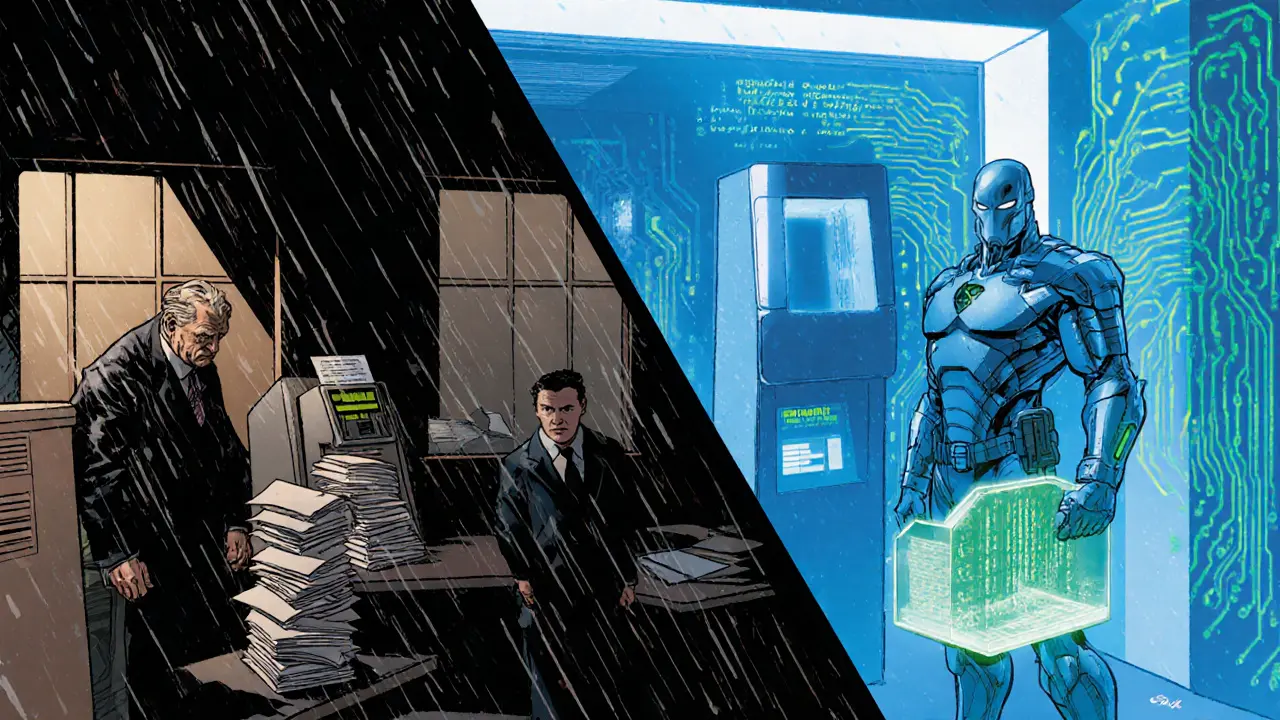How to Reduce Blockchain Transaction Fees: Proven Strategies That Save Money
Learn how to slash blockchain transaction fees using timing, batching, Layer 2 networks, and stablecoins. Save up to 80% on crypto fees with proven, real-world strategies.
When exploring Blockchain Applications, the practical ways blockchain technology is deployed across sectors. Also known as blockchain use cases, it helps build transparent, tamper‑proof systems that cut middlemen and lower costs. Have you ever wondered why voting, finance, and digital art are all talking about the same tech? The answer lies in three core ideas: decentralization, immutability, and programmable trust.
One of the most visible blockchain voting, digital election platforms that record each ballot on a distributed ledger offers voters a receipt they can verify without exposing their identity. Decentralized finance, financial services built on smart contracts instead of banks lets anyone earn yield, borrow, or trade assets 24/7. And non‑fungible tokens, unique digital assets that prove ownership of artwork, collectibles, or certificates have turned scarcity into code. Each of these examples shows how Blockchain Applications enable new business models while preserving security.
Blockchain voting reduces the risk of ballot tampering and provides an auditable trail that election officials can trust. Decentralized finance removes entry barriers, allowing people in underserved regions to access loans or earn interest without a credit history. NFTs create verifiable provenance for creators, opening fresh revenue streams and preventing plagiarism. All three rely on smart contracts—self‑executing code that enforces rules without a central authority. This relationship—Blockchain Applications encompasses smart contracts—means developers can reuse the same logic across voting, finance, and collectibles, speeding up innovation.
But the promise comes with challenges. Voting systems need robust identity verification to stop fake votes, yet must protect privacy. DeFi platforms can suffer from coding bugs that lead to huge losses, so rigorous audits are essential. NFT marketplaces face copyright disputes and environmental concerns over energy use. Understanding these trade‑offs helps you decide where to invest time or money.
Looking ahead, new blockchain applications such as supply‑chain tracking, decentralized identity, and Web3 social networks are emerging. Each builds on the same three pillars—decentralization, immutability, and programmability—while tackling industry‑specific pain points. As standards evolve and more regulators weigh in, the ecosystem will likely become safer and more interoperable.
Below you’ll find a curated collection of articles that dive deeper into each of these use cases. From step‑by‑step guides on setting up a blockchain voting pilot to breakdowns of DeFi yield strategies and NFT minting best practices, the posts are designed to give you actionable insights you can apply right now.

Learn how to slash blockchain transaction fees using timing, batching, Layer 2 networks, and stablecoins. Save up to 80% on crypto fees with proven, real-world strategies.

Blockchain social media gives users ownership of their content and earnings, unlike traditional platforms that profit from your data. Learn how Lens Protocol, Farcaster, and others compare to Facebook and Instagram.

The metaverse economy is a real, blockchain-powered digital market where tokens drive ownership and transactions. Learn how platforms like Decentraland and The Sandbox work, why some tokens crash, and what it takes to succeed in 2025.

Explore how blockchain voting creates tamper‑proof, transparent elections. Learn the tech basics, benefits, real‑world pilots, challenges, and a checklist for officials.